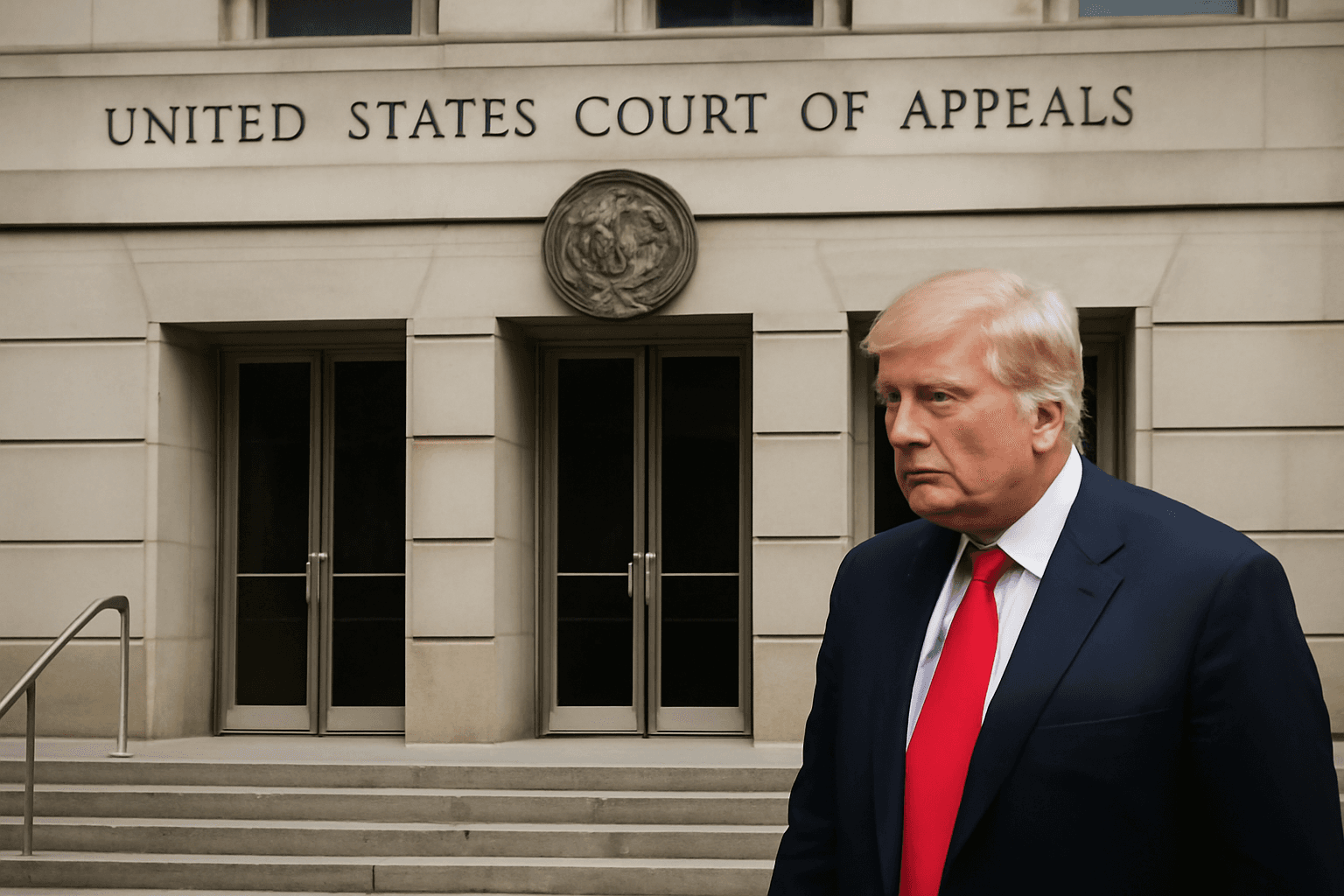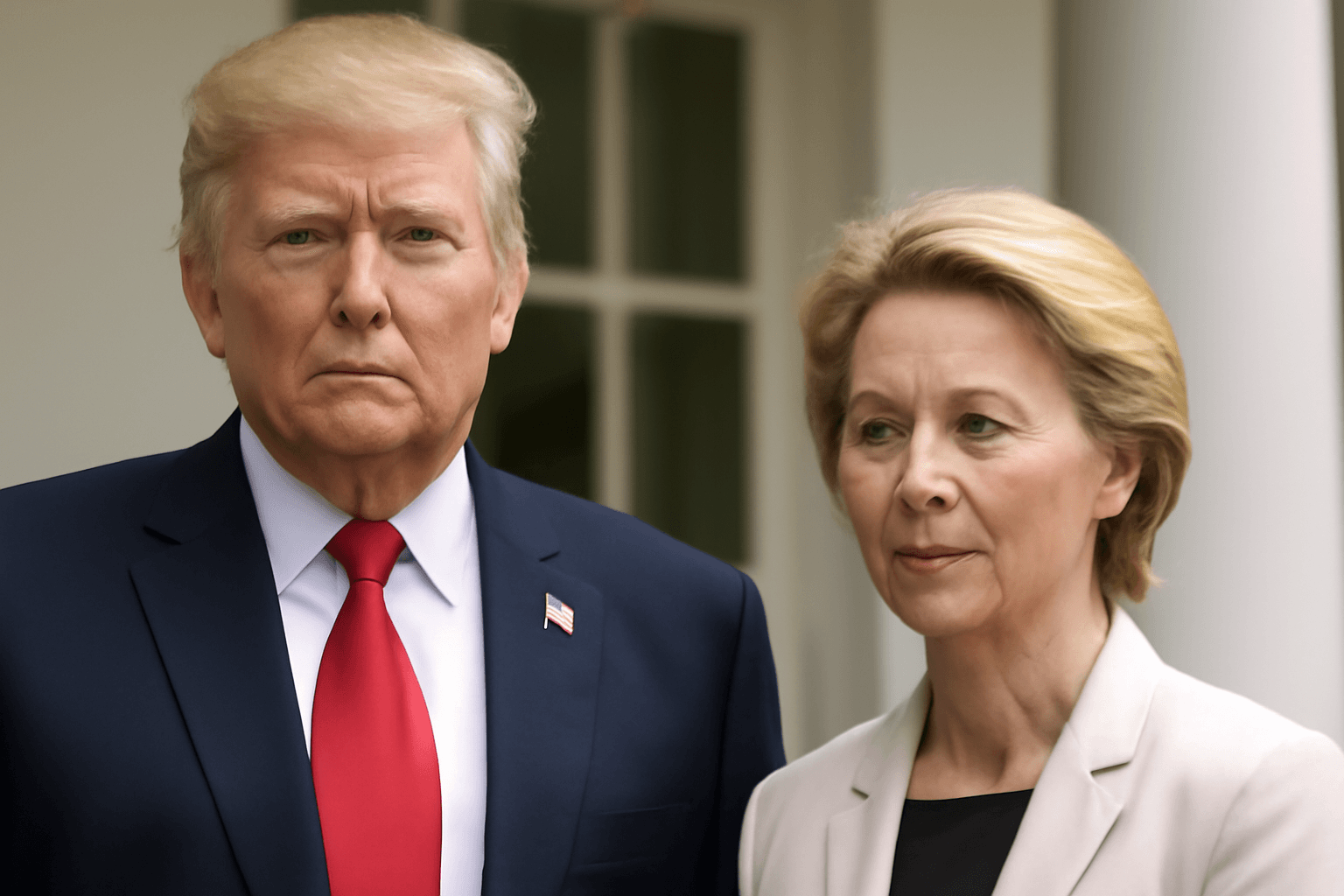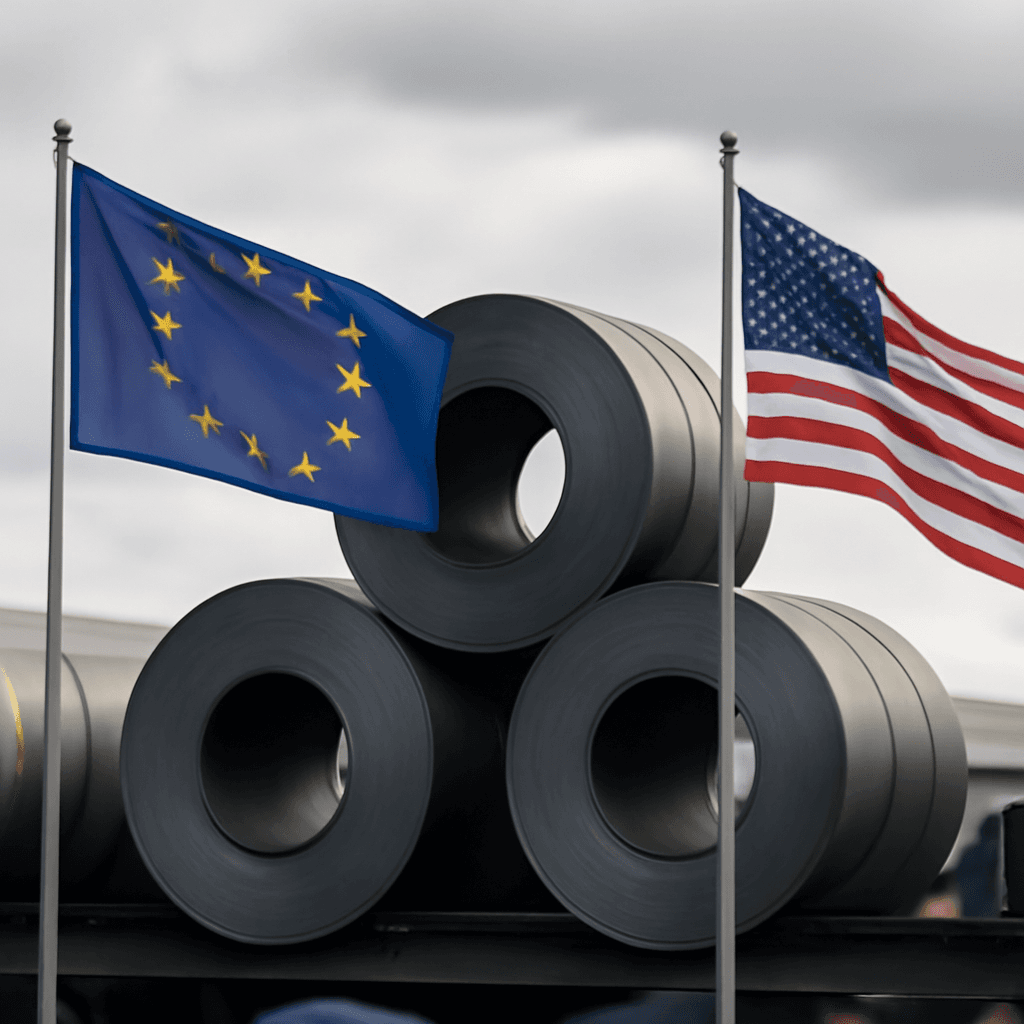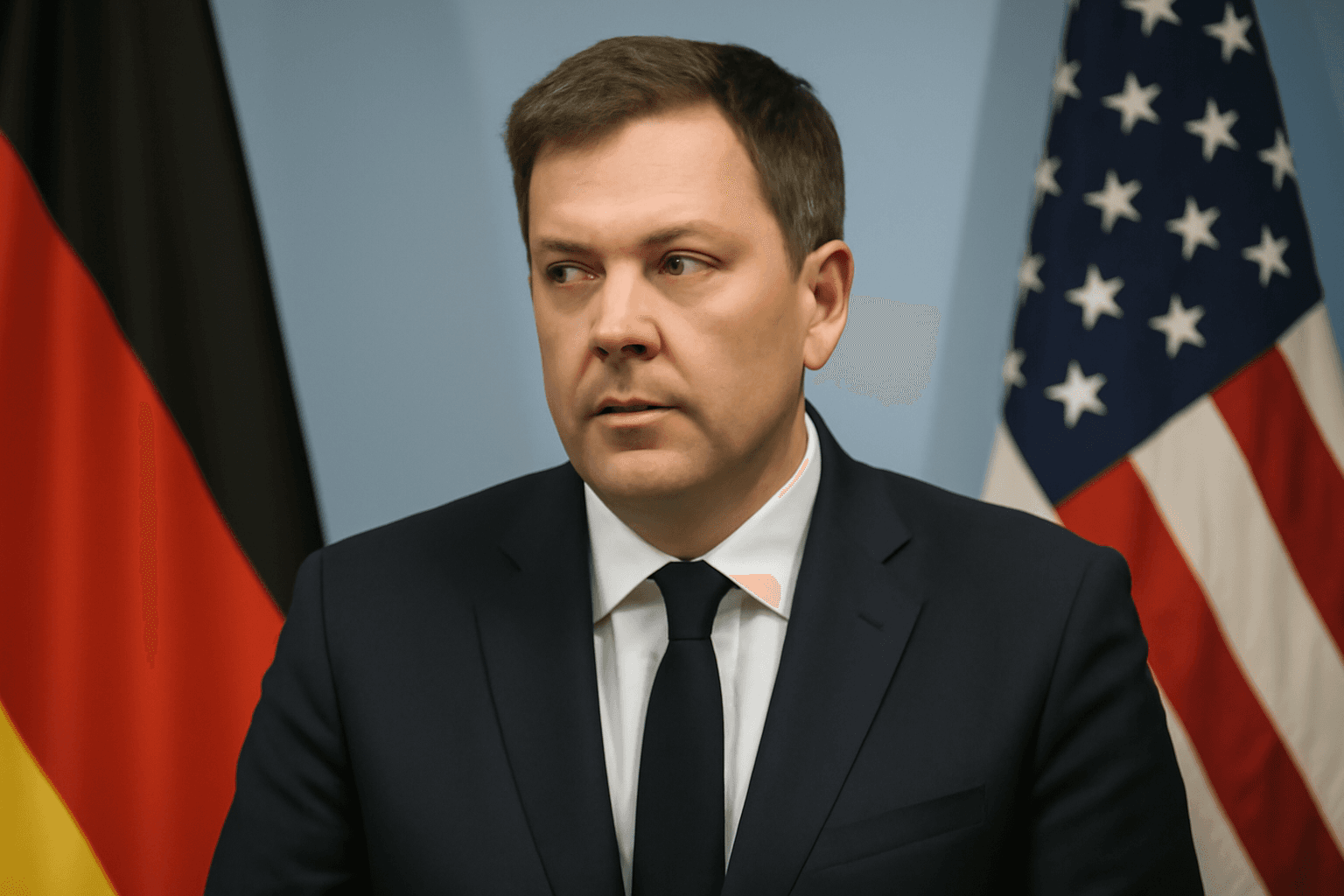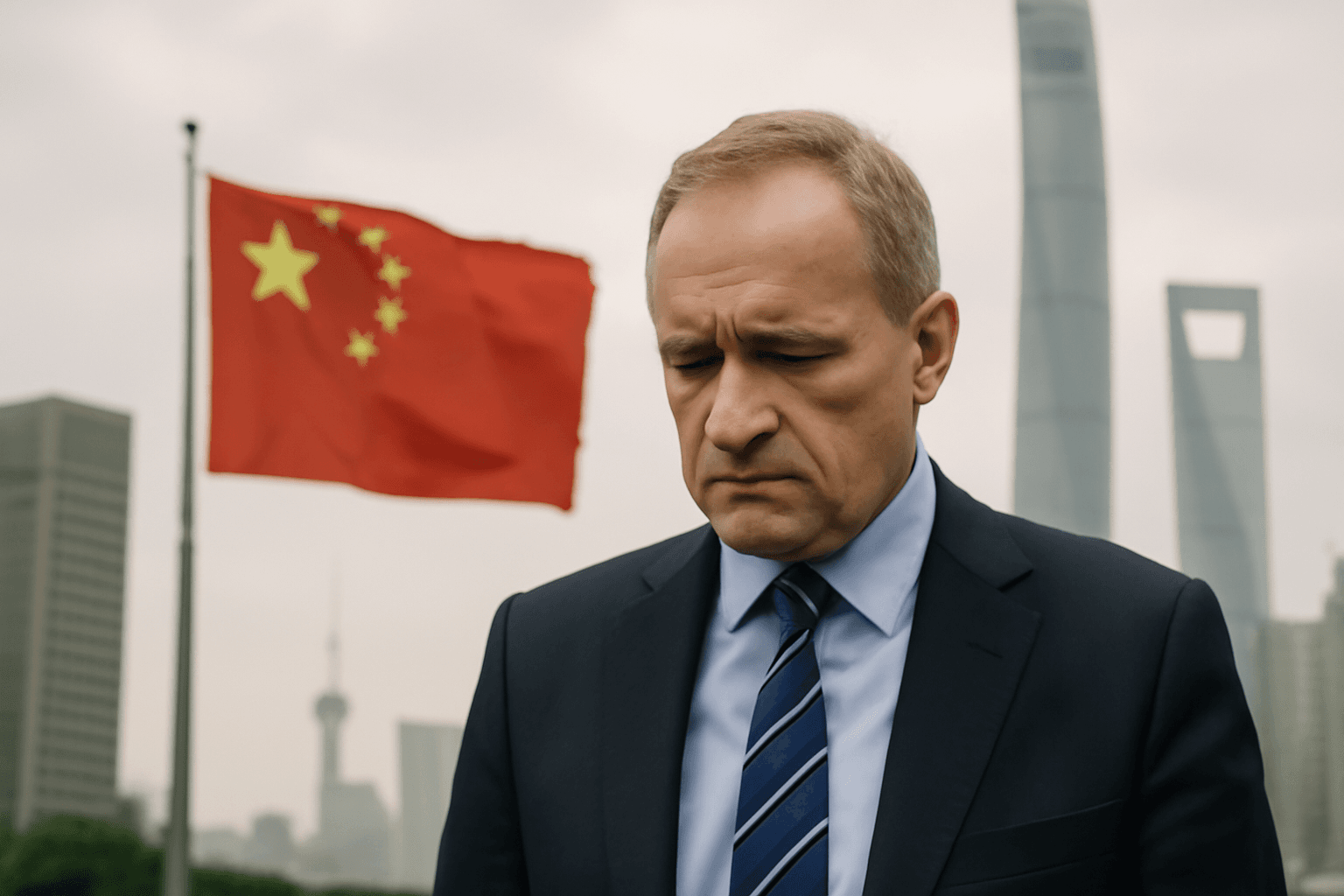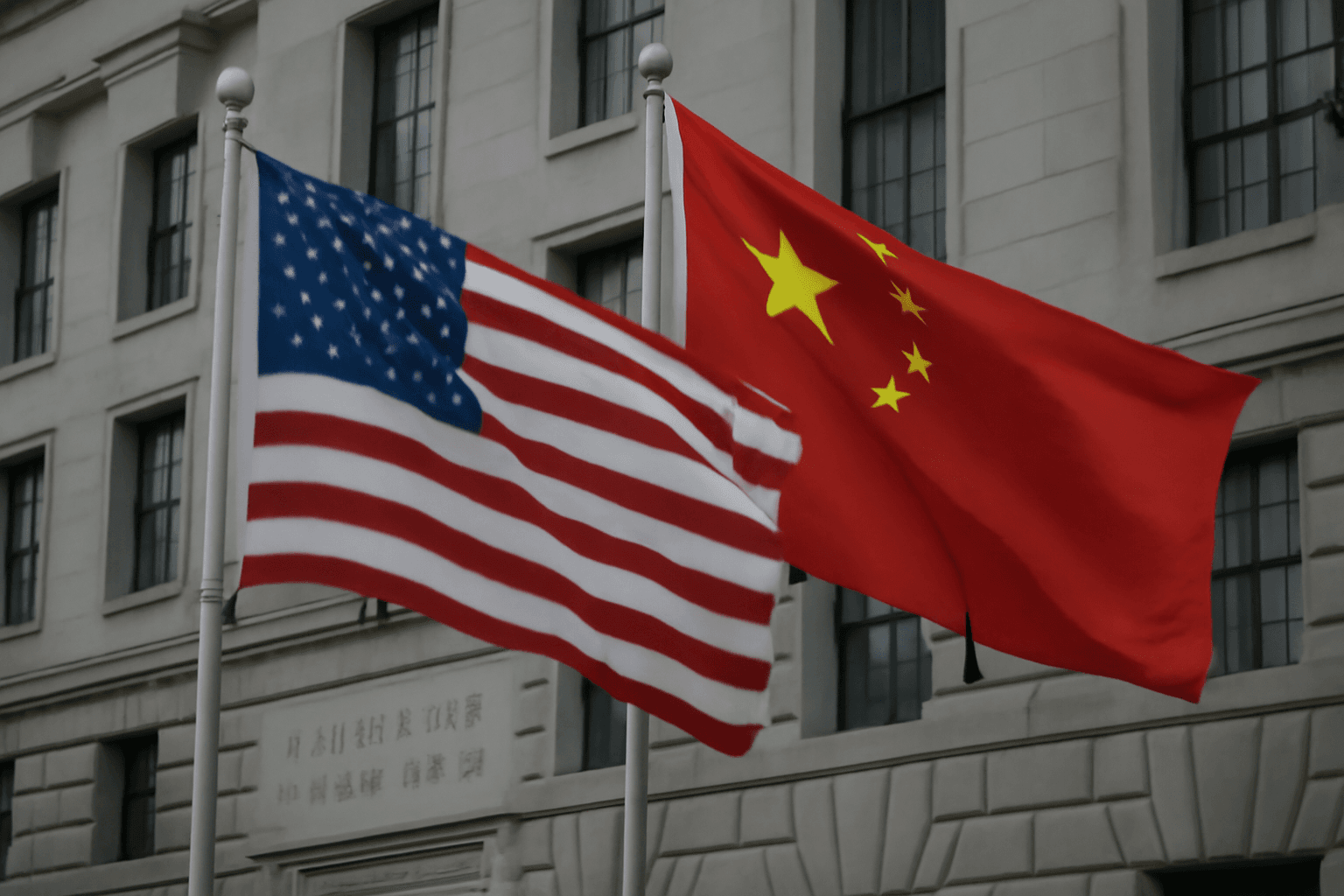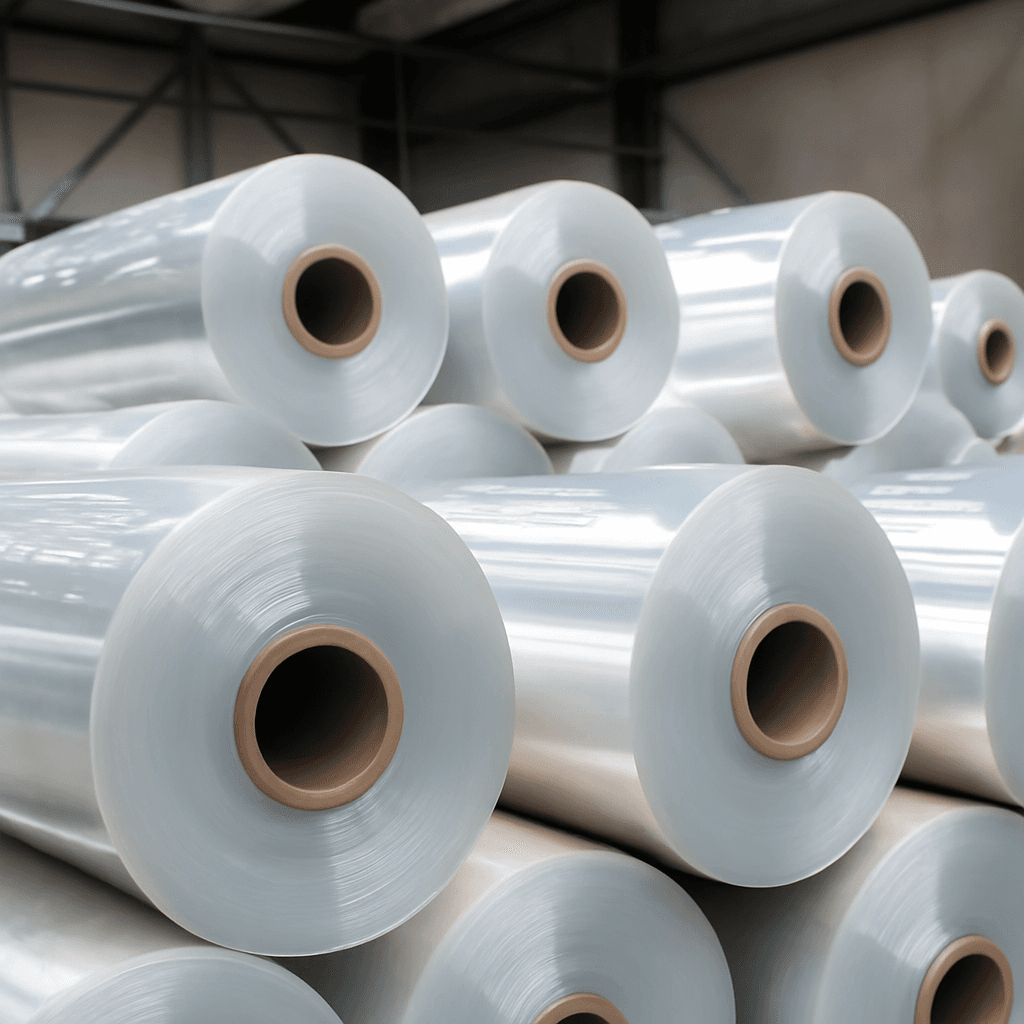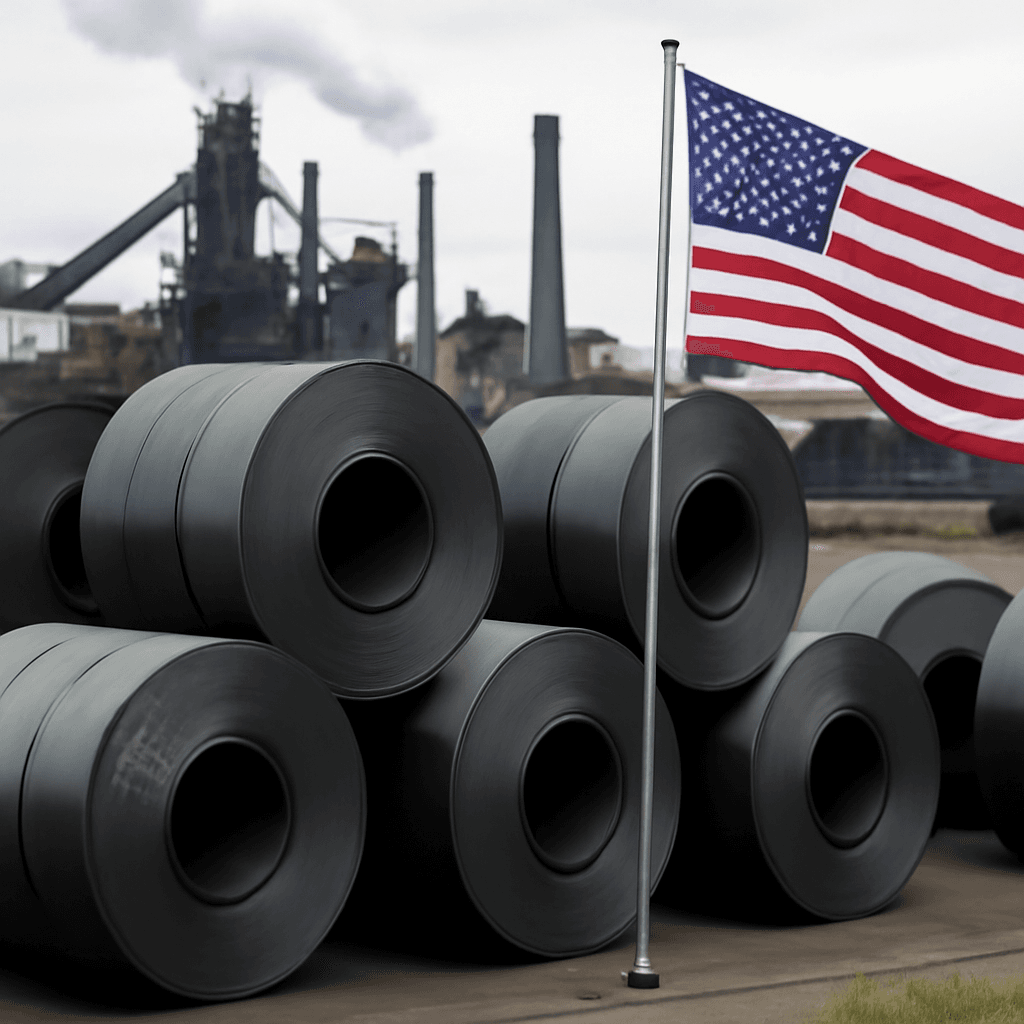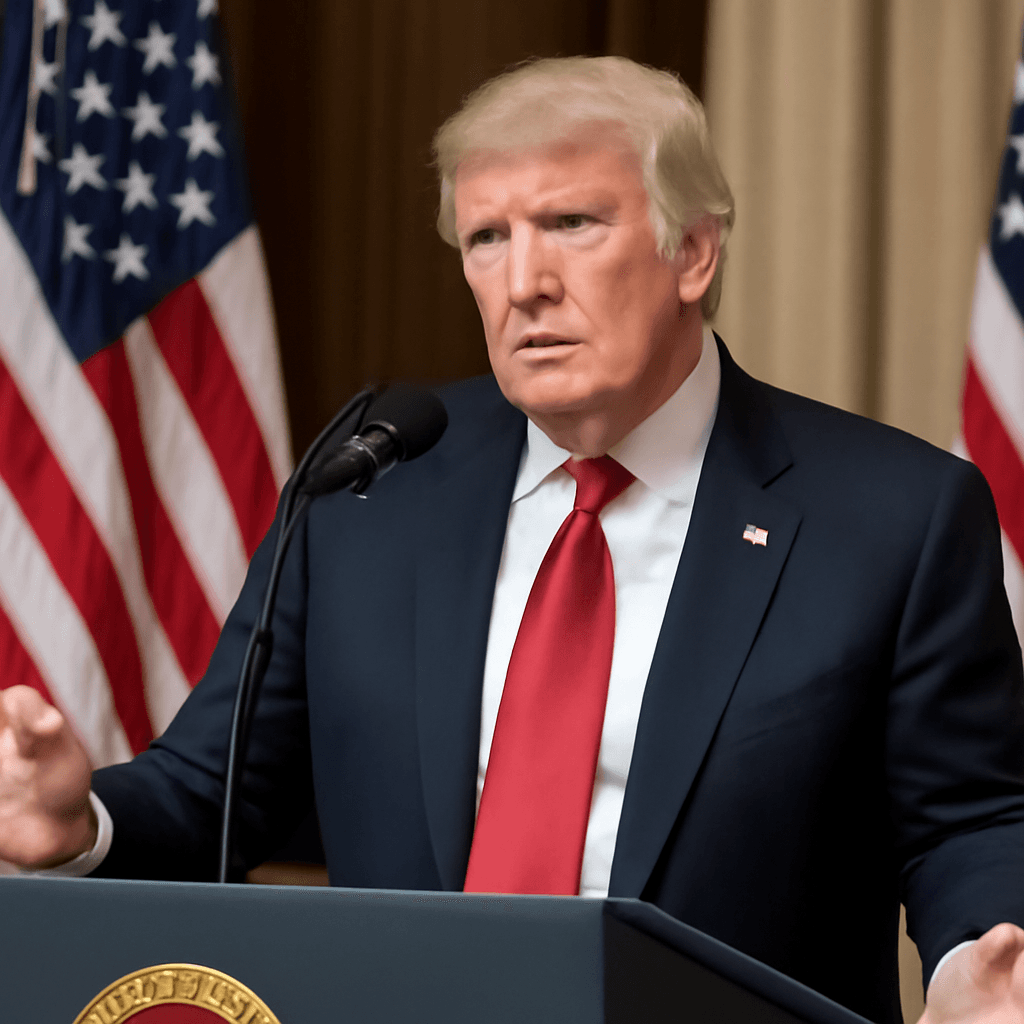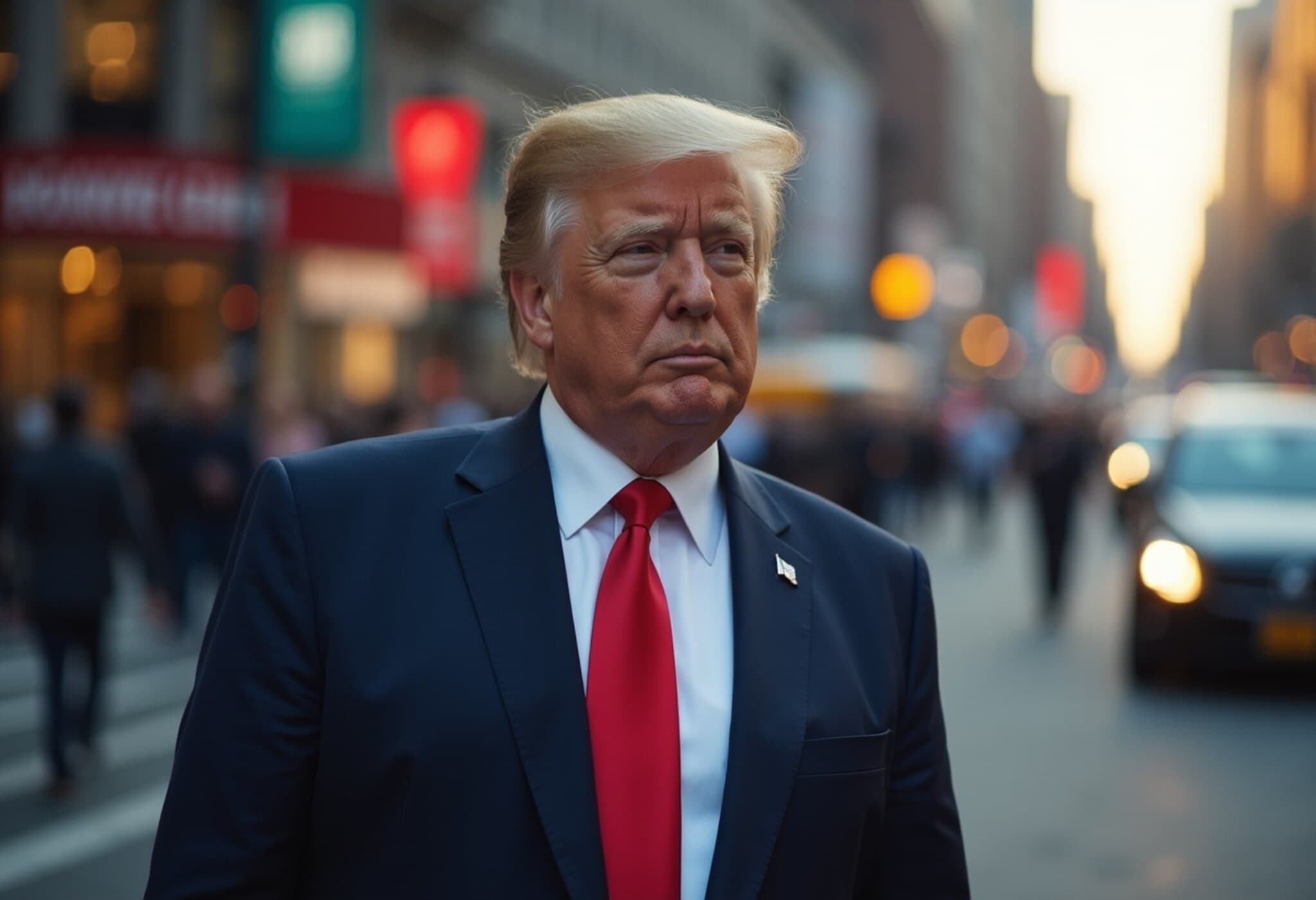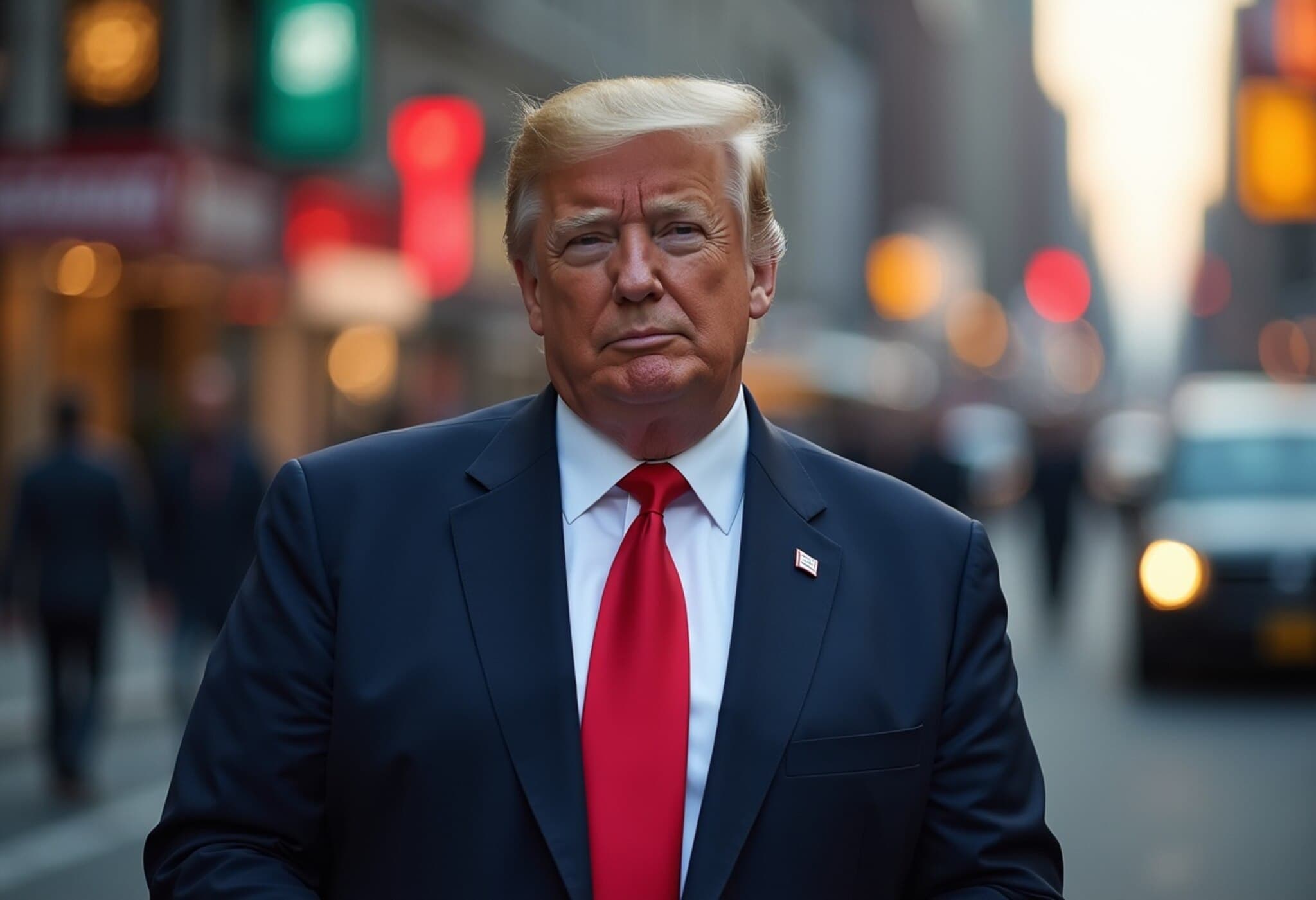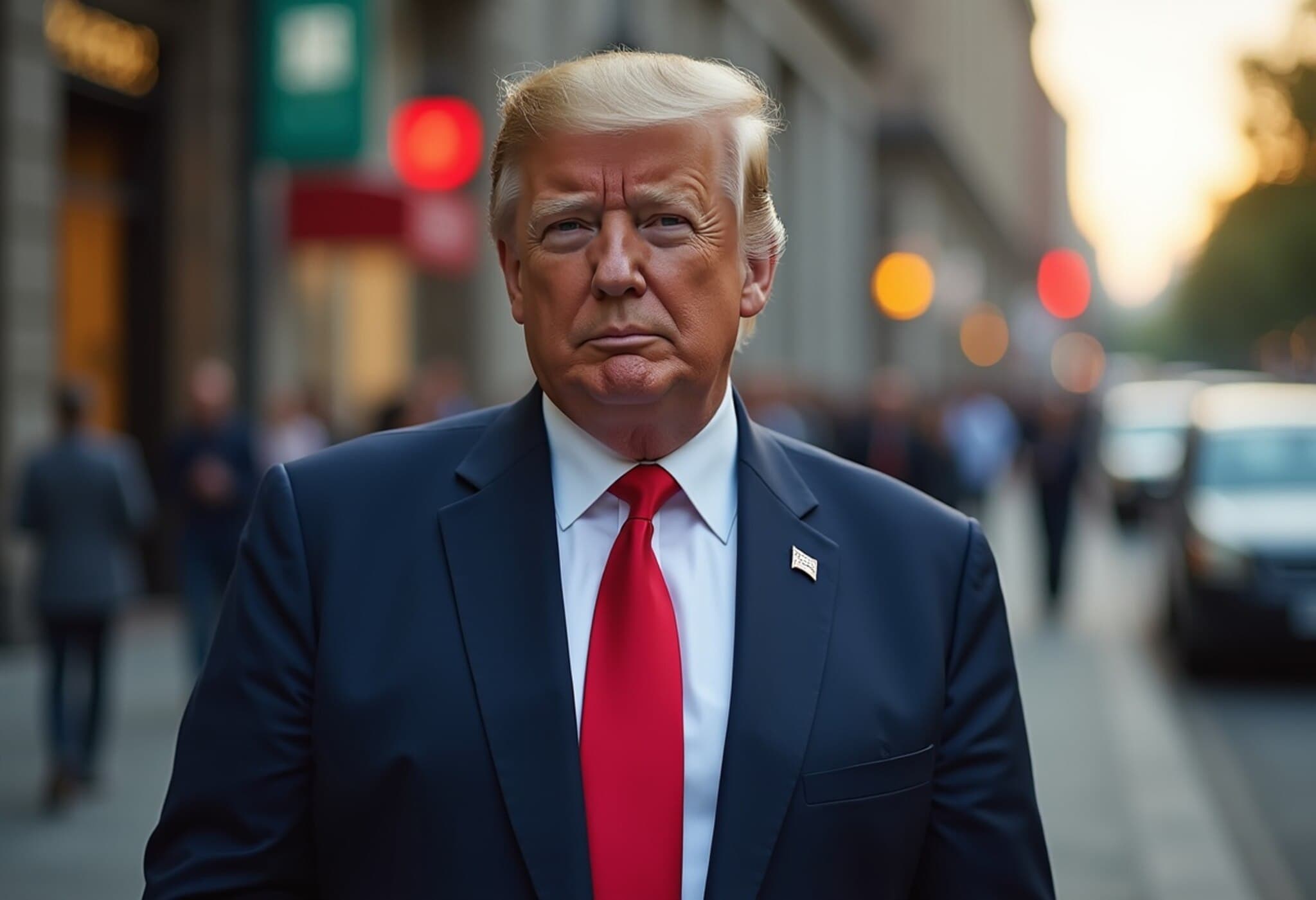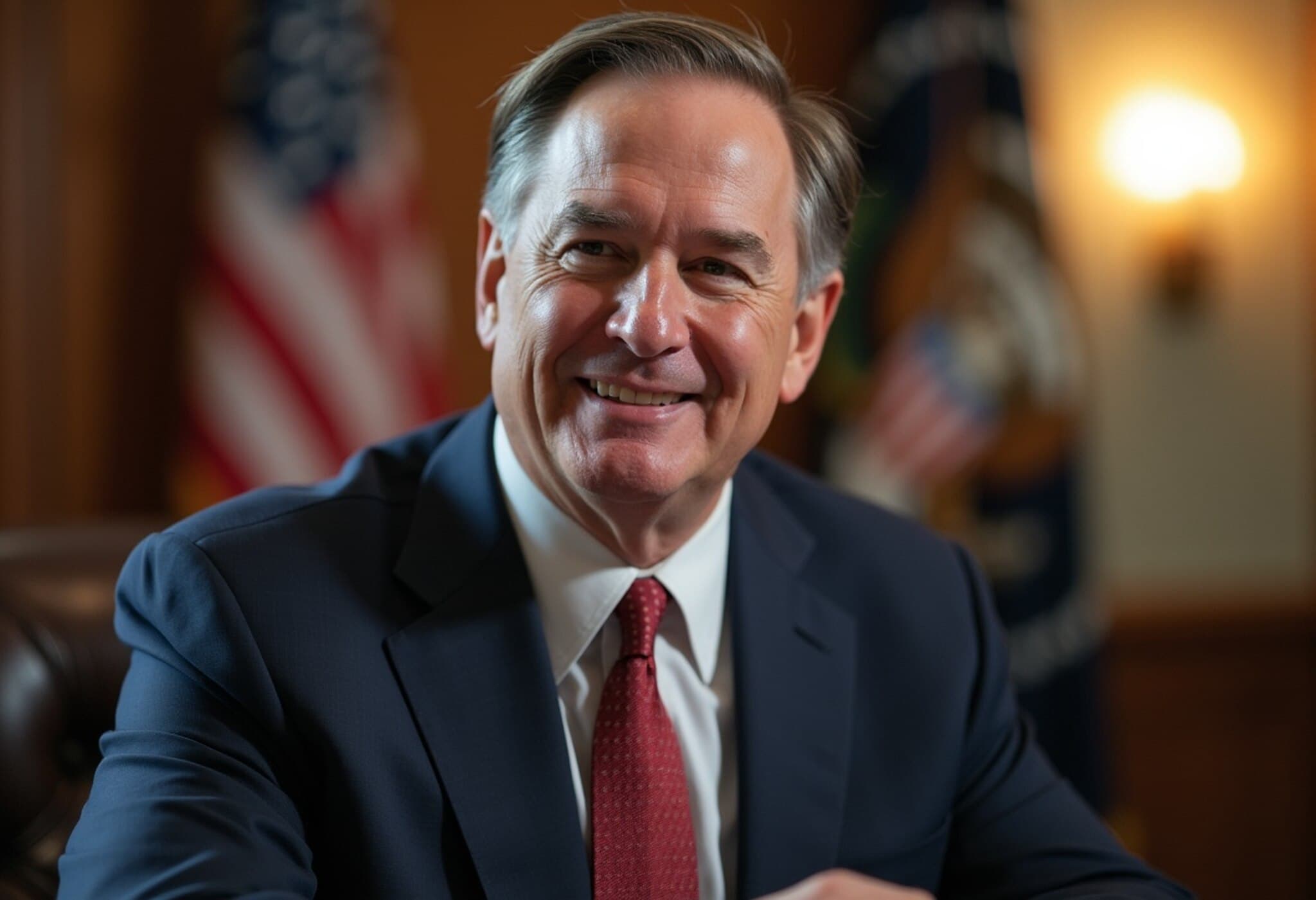Indian Exporters and US Importers Collaborate to Mitigate Impact of Steep US Tariffs
In an innovative response to the escalating trade tensions sparked by former US President Donald Trump’s tariff hikes, several Indian exporters have forged a strategic three-way arrangement with American importers and customers. This unprecedented collaboration aims to distribute the heavy financial burden arising from up to 50% tariffs imposed on Indian goods, helping exporters keep shipments moving while navigating a challenging global trade environment.
Understanding the Three-Way Burden-Sharing Model
After initial tariffs of 10% were announced in April, eventually escalating to 25%, and further to an overall 50%, Indian exporters and their US counterparts identified the need for innovative solutions. According to sources in The Times of India, the parties agreed on a model where the tariff-related costs are split evenly three ways:
- Indian exporters offer a discount absorbing one-third of the cost increase.
- American importers reduce profit margins by a matching amount.
- End consumers bear the remainder reflected in slightly higher prices.
This framework was designed to ease the immediate shock to supply chains and preserve demand, especially for vital sectors such as textiles, apparel, gems and jewelry, seafood like shrimp, leather goods, chemicals, and electrical machinery—all industries that heavily rely on exports to the US market.
Urgency to Expedite Shipments Before New Tariffs Take Full Effect
Exporters have also been frontloading shipments to beat the August 27 deadline when the cumulative 50% tariff comes into effect. Goods shipped before this date enjoy the pre-existing tariff rates until a grace period ending September 27, buying exporters crucial time to adjust.
Industry Voices Express Deepening Concerns
Despite this arrangement, stakeholders warn that the tariffs could still devastate export-oriented sectors, particularly textiles and apparel that operate on notoriously thin margins. Sudhir Sekhri, Chairman of the Apparel Export Promotion Council (APEC), characterized the tariff surge as a "huge setback". He warned that absorbing a 50% tariff is practically impossible without government intervention.
“This unreasonable tariff hike threatens to sound the death knell for micro and medium apparel exporters to the US market unless the government steps in with fiscal support,” Sekhri said.
Similarly, Raja M Shanmugam, President of the Tirupur Exporters’ Association, urged policymakers to urgently reassess export viability as diminished margins imperil livelihoods dependent on US trade.
Financial Risks Heighten for Credit-Dependent Exporters
Beyond apparel, the gems and jewelry sector faces pessimistic forecasts, with projections of falling exports and rising financial defaults. Banking sources point out that many export transactions rely heavily on credit facilities, exposing exporters and lenders alike to greater risk amid sharp tariff increases.
Broader Implications and the Need for Strategic Policy Responses
The tariff upheaval underscores the vulnerabilities in India-US trade relations post-Trump administration trade policies and highlights the critical need for adaptive strategies. For American consumers and importers, this three-way cost-sharing tactic reflects a pragmatic approach to cushioning the shock, but it also signals potential price pressures downstream.
Economists suggest that while short-term pacts like these may provide relief, sustainable competitiveness will require government incentives, streamlined export processes, and exploring diversification of export markets. Furthermore, the US administration’s tariff stance raises tough questions about the future trajectory of bilateral trade deals and the resilience of global supply chains in politically turbulent times.
Editor’s Note
This developing story brings to light how trade policy decisions ripple through complex international supply chains, directly impacting millions of workers and consumers. The three-way tariff-sharing deal between Indian exporters, US importers, and customers illustrates ingenuity and adaptation amid adversity but exposes the fragility of export-dependent industries in the face of protectionist policies.
As the August 27 deadline approaches, the industry’s call for government support intensifies, spotlighting the critical role of policy frameworks that balance trade interests with economic sustainability.
Key Questions for Readers:
- How can governments strike a balance between protecting domestic industries and sustaining global trade partnerships?
- What long-term strategies should exporters adopt to mitigate tariff risks?
- Could this three-way burden-sharing model serve as a blueprint for managing future trade disruptions?
Understanding these dynamics is essential for stakeholders across the board—from policymakers and exporters to consumers—shaping the future of international commerce in a rapidly changing geopolitical landscape.



